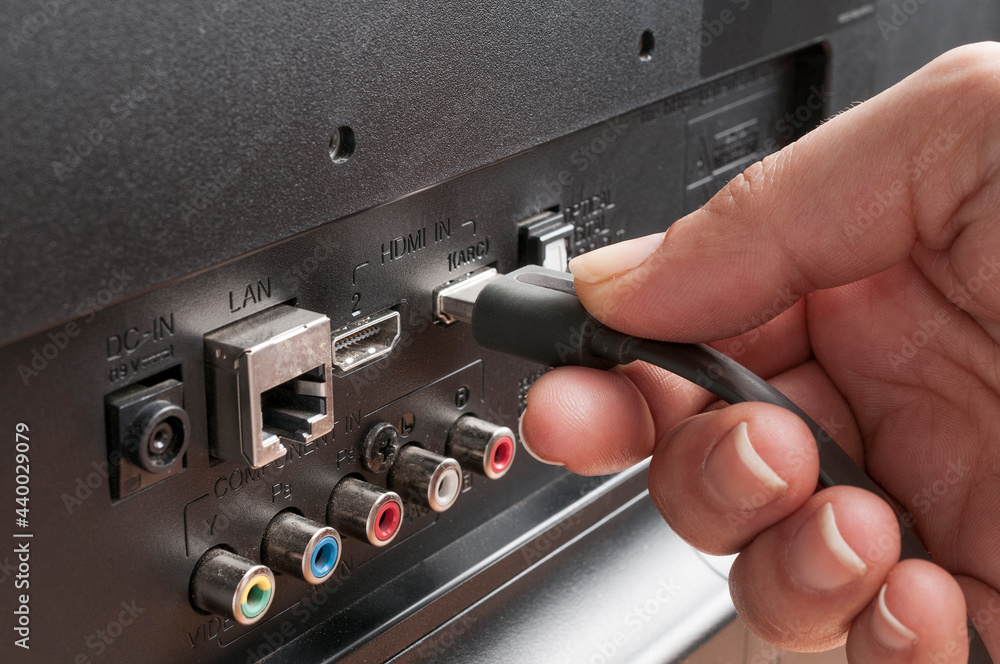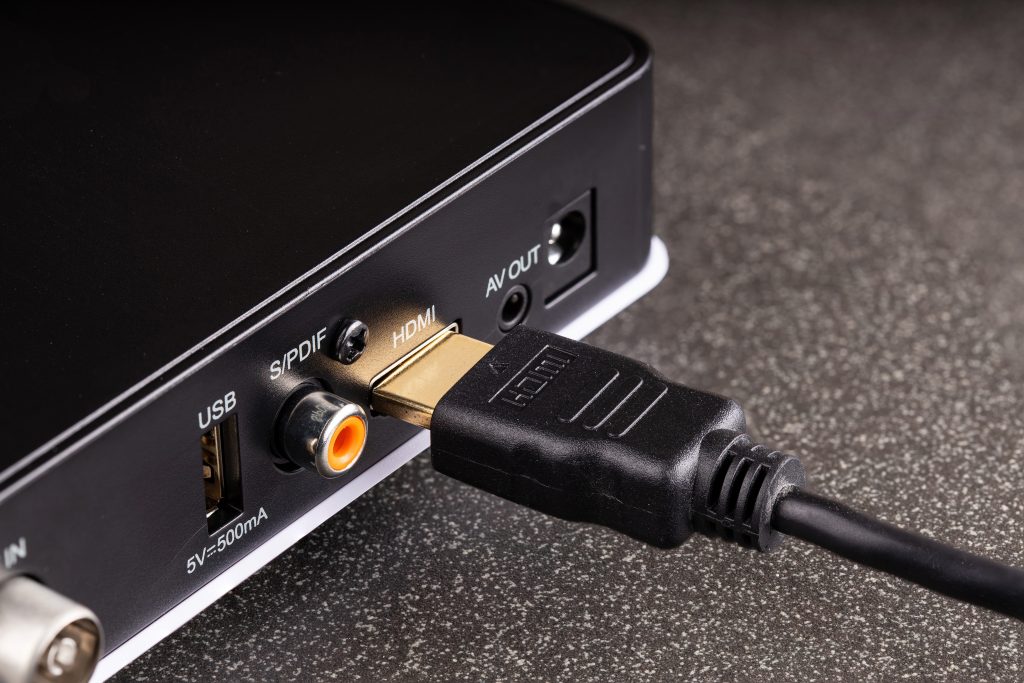If you have ever connected a device to a TV or monitor, you may have used an HDMI cable. But what does HDMI stand for and what does it do?
HDMI stands for High-Definition Multimedia Interface.
It is a digital connection standard that helps you get clean HD video and audio on TV sets and computer monitors1. HDMI cables can carry both video and audio signals, so you don’t need separate cables for each.
HDMI was developed in 2002 by a group of seven companies: Hitachi, Panasonic, Philips, Silicon Image, Sony, Technicolor, and Toshiba1. Since then, more than 1,700 companies have adopted the HDMI technology and produced billions of HDMI-enabled devices2.
HDMI has gone through several versions, each adding new features and capabilities. The latest version is HDMI 2.1b, which supports 8K resolution at 60Hz and 4K resolution at 120Hz, dynamic HDR, and bandwidth up to 48Gbps2. HDMI 2.1b also introduces a new cable certification program, which ensures that the cables can handle the high-speed data transfer required by the latest devices2.
HDMI is a technology that enables high-definition video and audio transmission between devices. It is not an input or a cable, but an interface and a connector. HDMI is a widely used and constantly evolving standard that offers a simple and reliable way of enjoying multimedia content.
The ARC feature of HDMI stands for Audio Return Channel. It is a feature that allows you to use a single HDMI cable to send audio from your TV to your sound system or soundbar, instead of using a separate cable like an optical or coaxial one. This way, you can enjoy better sound quality and less cable clutter. The ARC feature also enables two-way communication between your TV and your sound system or soundbar, so you can control the volume and other settings with one remote. The ARC feature works with any device that supports the HDMI 1.4 standard or higher, which was introduced in 2009123.
To use the ARC feature, you need to connect your TV and your sound system or soundbar using the HDMI port that is labeled as ARC or eARC on both devices. You also need to enable the ARC feature in the settings menu of your TV and your sound system or soundbar. Once you do that, you can enjoy the audio from any source that is connected to your TV, such as a streaming device, a game console, or a built-in app, through your sound system or soundbar. You can also switch between different sources using your TV remote, and the audio will automatically follow. The ARC feature simplifies your home theater setup and enhances your audio experience.
More on ARC and eARC:
ARC and eARC are two features of HDMI that allow you to send audio from your TV to your soundbar or AV receiver. ARC stands for Audio Return Channel, and eARC stands for Enhanced Audio Return Channel. They are both part of the HDMI standard, but eARC is the newer and more advanced version.
The main difference between ARC and eARC is the bandwidth and speed. ARC was introduced in HDMI 1.4, which has a bandwidth of 10.2Gbps. eARC was introduced in HDMI 2.1, which has a bandwidth of 48Gbps. This means that eARC can transfer more data faster than ARC, and therefore support higher-quality audio formats.
ARC can only handle compressed 5.1 audio, such as Dolby Digital and DTS. eARC can handle uncompressed 7.1 audio, such as Dolby TrueHD and DTS-HD Master Audio. eARC can also support advanced formats, such as Dolby Atmos and DTS:X, which use object-based audio to create a more immersive sound experience.
Another difference between ARC and eARC is the compatibility and simplicity. ARC requires both the TV and the soundbar or AV receiver to have an HDMI port that is labeled as ARC or eARC. eARC only requires the soundbar or AV receiver to have an eARC port, while the TV can have any HDMI port. eARC also simplifies the connection process by using a single HDMI cable, instead of multiple cables for different devices.
To summarize, ARC and eARC are both useful features of HDMI that allow you to send audio from your TV to your soundbar or AV receiver. However, eARC offers higher bandwidth, better audio quality, and easier compatibility than ARC. If you want to enjoy the best sound possible from your home theater, you should look for devices that support eARC.


